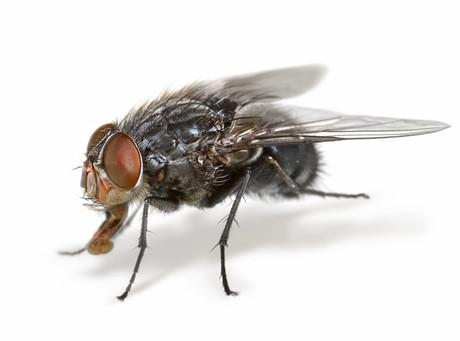Campylobacter rates forecast to double

Climate change could result in the rates of Campylobacter caused food poisoning doubling by 2080.
Although Campylobacter is one of the leading causes of foodborne illness worldwide it is not well understood. Its transmission is complicated and involved multiple hosts and reservoirs but one hypothesis is that house flies move the bacteria between reservoirs and humans.
Researchers at the University of Guelph used an infectious disease transmission model which describes Campylobacter dynamics in Ontario to project how disease dynamics may change due to increased fly activity and fly population sizes in climate change scenarios.
Fly populations flourish in summer and with climate change, fly populations are likely to grow as the environment warms.
After modelling fly population sizes under different climate change scenarios the researchers found that when fly numbers were increased by a quarter, there could be an accompanying 30% increase in food poisoning cases caused by Campylobacter. This model predicted that human disease may more than double by 2080 in this scenario.
The research funded by the Canadian Institute of Health Research, Ontario Veterinary College scholarship and Canadian Research Chairs Program has been published in Royal Society Open Science.
ROKLive 2025 program released
Rockwell Automation has unveiled its program for ROKLive 2025 on the Gold Coast from 29–31...
Wine and grape sector review report has 14 recommendations
Wine Australia has released Dr Craig Emerson's independent analysis of the grape and wine...
Australia free from bird flu in poultry
The Victorian response to an outbreak of H7 high pathogenicity avian influenza (HPAI) in poultry...













